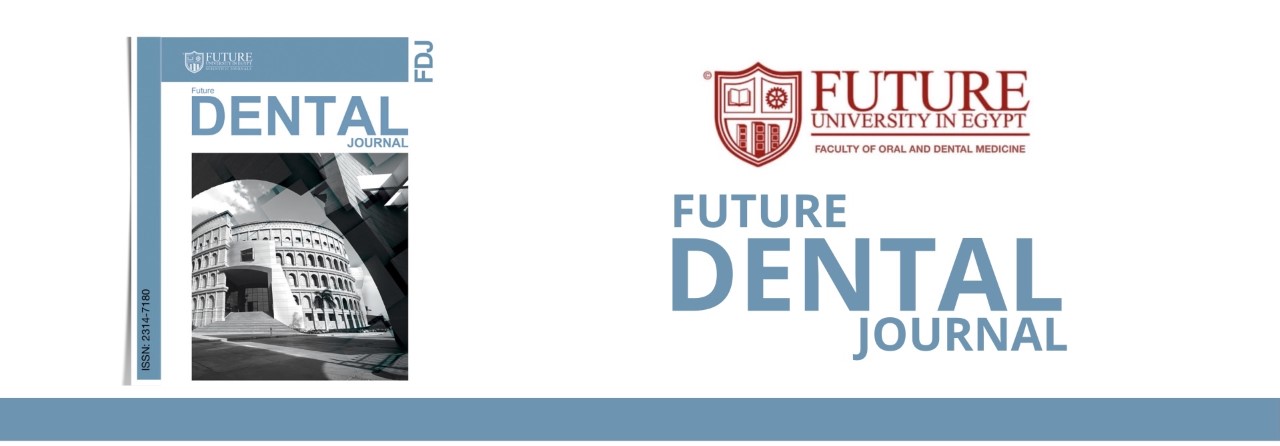
Abstract
Introduction: The purpose of this study was evaluation of enamel damage index (EDI) immediately after adhesive removal and after exposure to intraoral fluids for a period of 3 months, using tungsten carbide burs compared to stainbuster burs.
Methods: Twenty patients were randomly assigned into 2 main groups 10 patients each, where in Group I the enamel damage index was evaluated immediately after adhesive removal and in Group II the enamel damage index was evaluated after 3 months follow up. Forty premolars in each group were randomly assigned to either TC bur or SB bur groups. In Group 2, replicas using epoxy resin were made before bracket bonding (T0), after debonding (T1), and 3 months later. To better assess and compare the damage caused by different resin remnant removal protocols, the enamel damage was measured using the enamel age index.
Results: In Group 1, the EDI was significantly increased after immediate debonding in both the tungsten carbide bur (TC) (75% scored 1 and 25% were score 2) and stainbuster (SB) groups, (12.5% scored 1, 62.5% scored 2 and 25% scored 3) which significantly higher for SB group. In Group 2, the EDI significantly increased for both the Tungsten carbide (TC) and stainbuster bur (SB) groups immediately after debonding however, the EDI was insignificantly decreased after 3 months for both groups.
Conclusion: Enamel damage index was significantly increased immediately after adhesive removal for both Tungsten carbide and stainbuster burs. The enamel damage index was significantly higher for the stainbuster bur compared to Tungsten carbide bur (p value = 0.000). After exposure to intraoral fluids for 3 months, the enamel damage index was insignificantly reduced for both groups. Carbide bur had less enamel damage compared with stainbuster bur.
Recommended Citation
Hawout BM, Nassef E, Munir H, Eid F. Scanning Electron Microscope evaluation of Enamel Damage after Bracket Debonding Using Two Techniques for Residual Resin Removal: (A randomized clinical trial). Future Dental Journal. 2025; 10(2):106-118.

